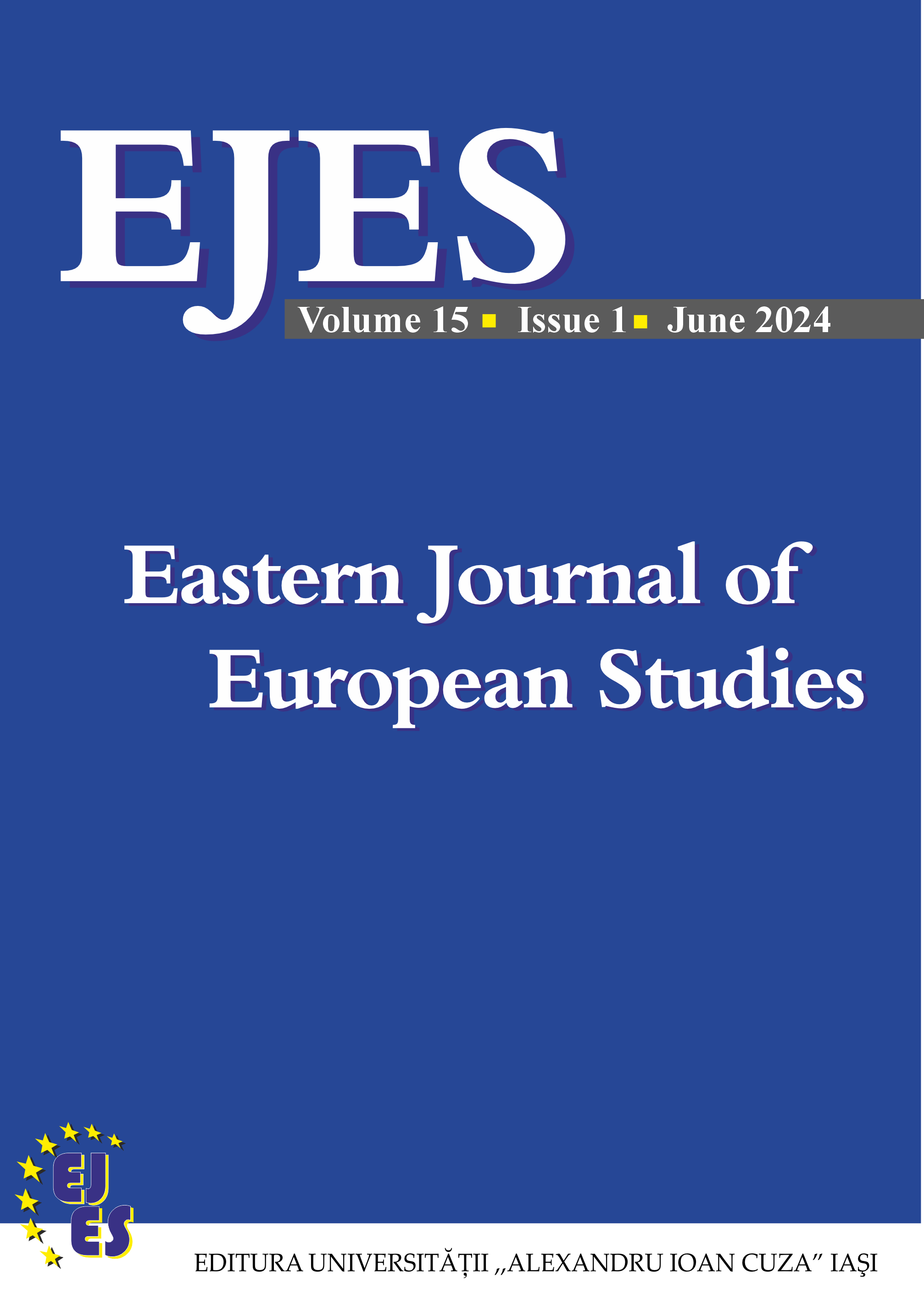Are there more than three regimes in the output-unemployment relationship?
A panel quantile regression estimates of Okun's gap model in EU countries
Are there more than three regimes in the output-unemployment relationship?
A panel quantile regression estimates of Okun's gap model in EU countries
Author(s): Mindaugas Butkus, Laura Dargenyte-Kacileviciene, Kristina Matuzevičiūtė, Dovilė Ruplienė, Janina ŠeputienėSubject(s): Economy, National Economy, Financial Markets, Socio-Economic Research
Published by: Editura Universităţii »Alexandru Ioan Cuza« din Iaşi
Keywords: output-unemployment relationship; Okun's gap model; panel quantile regression; EU countries;
Summary/Abstract: Until recently, the output-unemployment relationship (Okun's coefficient) was believed to follow two regimes, implying a uniform effect of expansionary fiscal policy on unemployment during economic booms and declines. However, research by Oh (2018) and Donayre (2022) introduced a three-regime approach, suggesting this relationship varies over different economic phases. Building on this, we propose a multinomial Okun's coefficient model using a gap model and quantile regression to estimate the coefficient at various unemployment levels. Our findings reveal that Okun's coefficient is significantly higher during severe recessions and lower at the onset of economic decline compared to the two-regime model. This indicates that the effectiveness of expansionary fiscal policy in reducing unemployment is limited when implemented at the start of a recession and is more effective during severe recessions, suggesting a need to re-evaluate the timing of such policies.
Journal: Eastern Journal of European Studies
- Issue Year: 15/2024
- Issue No: 1
- Page Range: 201-218
- Page Count: 18
- Language: English

